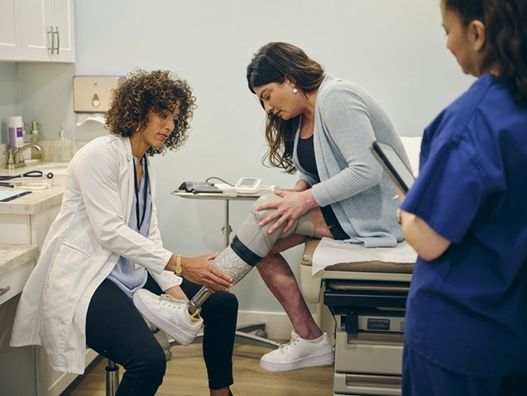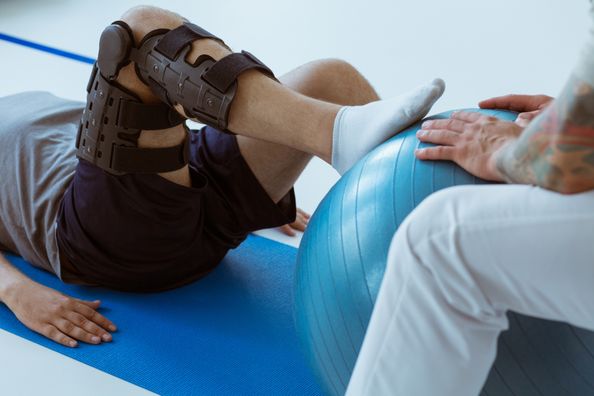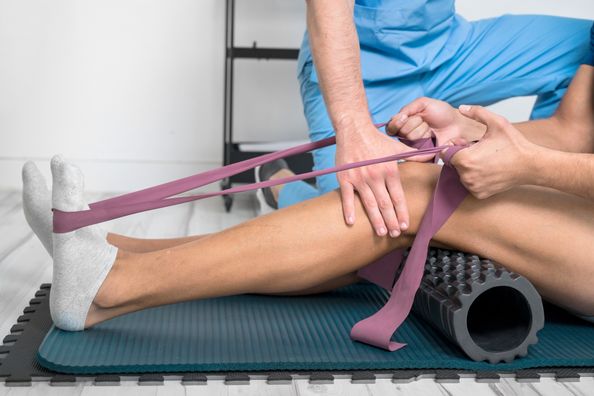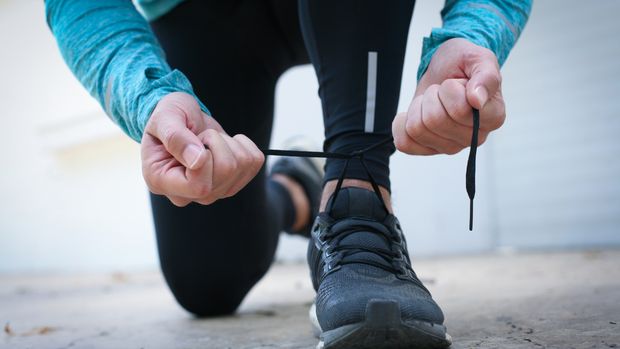If foot or ankle problems make it hard or impossible for you to do everyday movements, like walking around or climbing stairs, you’re not alone. In the US, more than 12% of adults have a disability that causes serious difficulty walking or climbing stairs. Even without a disability, up to 87% have had foot pain at some point, which can affect their ability to move.
Many people who have trouble with mobility due to foot or ankle problems – whether it’s from an injury, chronic pain, or simply never finding comfortable shoes – turn to orthotic devices. People who have had a foot surgically removed (amputated) may get a prosthetic.
Orthotics and prosthetics are both devices that improve mobility and function, but they are very different from one another.
Orthotics are devices that support your feet and ankles.
Prosthetic feet are artificial replacements for missing or damaged feet.
Orthotics: Offering Support
Orthotics treat symptoms of medical conditions that affect the feet and everyday foot pain.
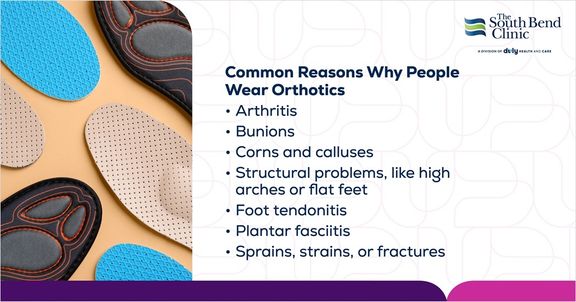
Children are sometimes prescribed orthotics if they have foot deformities.
Read on Duly Health and Care: Foot & Toe Fractures
Over-the-Counter Orthotics
Many orthotics are available without a prescription, such as:
- Metatarsal foot pads: Small cushions you put at the bottom of the inside of your shoe to shift weight and redistribute pressure evenly across the foot, reducing stress on the painful area.
- Insoles: Shoe inserts made of foam, plastic, or gel that create a solid foundation to stand on. They provide extra support, cushioning, shock absorption, and shoe comfort. They can also help prevent blisters, which may be beneficial if you have diabetic neuropathy and are at risk of blisters becoming infected.
- Heel inserts: Liners that cushion your heel to provide extra support. They are especially helpful if you have arch pain or age-related thinning of the natural fat pads on your heels.
- Arch supports: Supports for your foot’s natural arch that are often used to help people with high arches or flat feet.
- Ankle braces: Rigid braces that stabilize your ankle and foot and can help improve balance.
Read on Duly Health and Care: Is Heel Pain Keeping You Off Your Feet?
Custom Orthotics
Your provider might recommend a prescription custom orthotic rather than a store-bought one. This is a device made specifically to fit the contours of your feet precisely and to address your personal needs.
The two categories of custom orthotics are:
- Functional: These control how your foot moves and reposition your bones and soft tissue to improve alignment. They can treat injuries or decrease foot pain caused by abnormal movements. Most are made of semi-rigid materials like graphite or plastic.
- Accommodative: These provide cushioning and support that mold to the shape of your foot. They treat uncomfortable conditions like painful calluses, diabetic foot ulcers, and sore bones at the bottom of the foot. They are made of soft, flexible materials.
Custom orthotics generally cost more than store-bought ones, but they may be worth the investment. In addition to fitting your foot perfectly, they are made of very high-quality materials and can last for years. They also might not be as expensive as you’d think – many insurance companies will cover them as long as they’re prescribed to treat certain medical conditions.
Also read: Stepping Into Better Health: What You Should Know About Orthotics
Prosthetics: Replacing Your Feet
From diabetes-related foot conditions to infections to tumors, there are several reasons why you might need to have your foot amputated. After an amputation, you may choose to get a prosthetic foot. This is an artificial replacement for all or part of the removed foot. The prosthetic gets attached to a custom-made socket that fits exactly onto your existing limb.
A prosthetic foot is a great option. It restores your ability to move around, which can help you regain independence and improve your overall quality of life. And since they’re typically covered by insurance (either partially or fully), they can often be affordable.
Types of Prosthetic Feet
Between custom fits, a wide variety of materials, and different levels of functionality, prosthetic feet come in all shapes and sizes. The type your provider will recommend depends on your needs, goals, and lifestyle. For example, if you are very active, you may want a prosthetic that is made of flexible materials rather than rigid ones.
There are several types of prosthetic feet.
- Solid ankle cushioned heels (SACHs) are the simplest types. They are made with rigid materials and can make your walk “clunky,” so they’re mostly used for people who are not very active. You might also use a SACH temporarily while you wait for a different type of permanent one.
- Axial feet have mechanical ankle joints that mimic how natural ankles move. Since they absorb some of the stress that walking puts on your legs, they are especially helpful for people with unstable or weak knees.
- Hydraulic ankle-feet imitate natural foot movement by using fluid (like oil or water) to provide a smooth, rocking motion in your foot and ankle. They can adjust to various types of terrains.
- Energy-storage-and-return (ESAR) feet (also known as dynamic response feet) provide more flexibility, so they are ideal if you’re physically active. With their ability to easily change direction and speed, they make your gait more natural.
- Microprocessor feet (often called bionic feet) contain sensors and computer chips that sense the terrain you’re on and how you’re moving your foot and automatically adjust. They can’t get too wet or dirty, so they’re probably not your best bet if you like to hike or spend time outdoors.
- Specialty prosthetic feet are designed for specific sports or activities, like running, swimming, playing golf, or bathing.
The Right Solution for Your Needs
Whether you’re looking to prevent or manage foot pain, or you’ve undergone a foot amputation, there’s no one-size-fits-all approach. Your provider will work with you to find the option that’s right for you.
The first step to finding the perfect orthotic is scheduling an appointment with a South Bend Clinic podiatrist. If you have had an amputation and are interested in a prosthetic foot, make an appointment with your orthopedist.
Health Topics:

